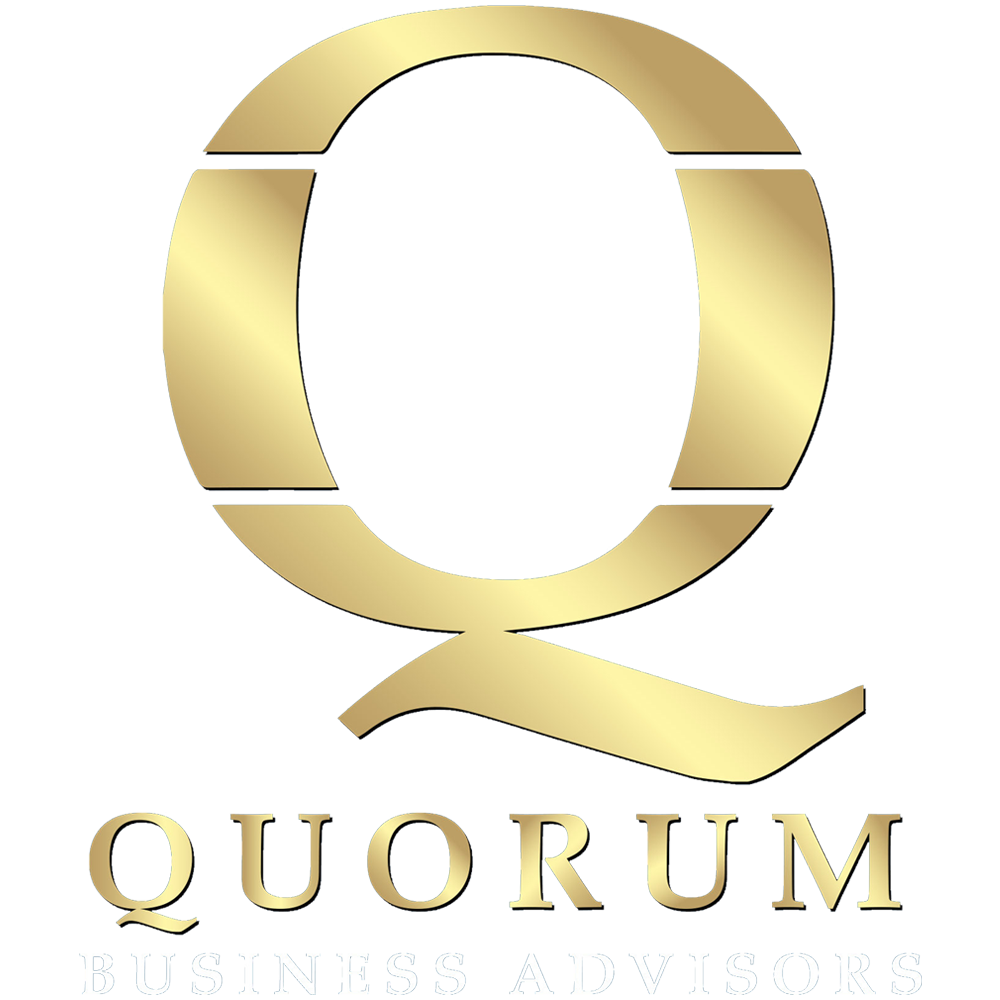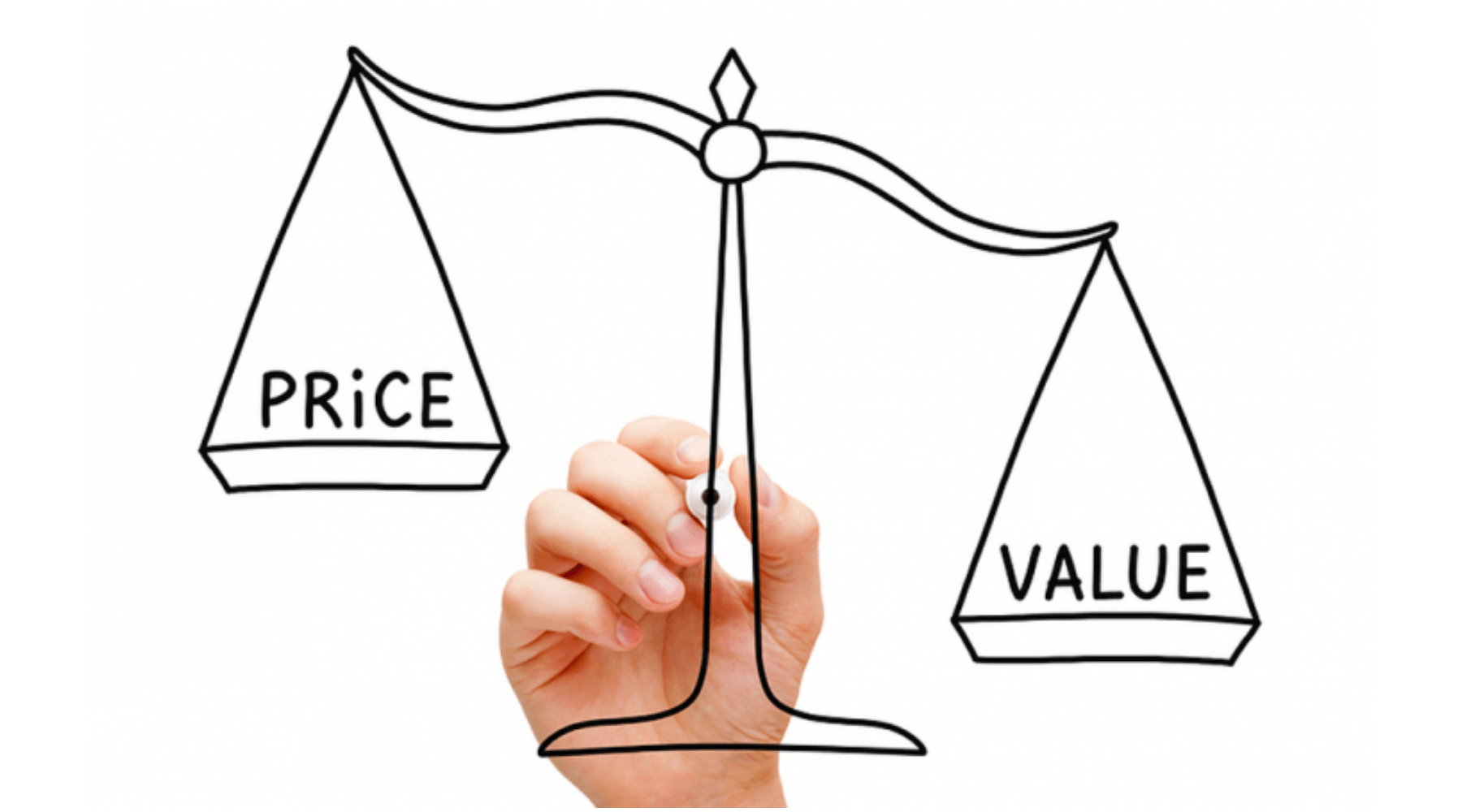Every business owner wants to know the answer to this question. How much is my business worth? The issue is how to arrive at an accurate amount that will provide your business with the best chance of being sold at the best price. Our definition is based on reality: The business is worth what someone is willing to pay for it provided it is an amount that you, the owner, will accept. When selling a business, the challenge is to first determine a realistic price range.
Factors That Determine Value The primary driver of a business’ worth is the amount of Owner Benefit (“OB”) it produces. That is the amount you realize as the owner and the amount a buyer will expect to also make. It is net profit plus certain expenses which are “added back” to the profit amount. These add backs are tax benefits, owner personal benefits and certain other types of expenses.
Tax benefits consist of Depreciation and Amortization expenses (“paper only” expenses), business trips, a business vehicle and similar expenses. Personal benefits include health and life insurance as well as any other personal expenses charged to the business. In addition, certain other expenses of a one-time (non-recurring) nature are also considered a benefit item. An example would be clean up expense from a broken water pipe. When put together it is Profit + Tax Benefit Expenses + Personal Benefit Expenses + certain other Expenses = OB
Sold Business Databases
Once the OB is established, it, along with your business’ sales amounts, are used to research large databases of sold like businesses to determine how your business compares to them. The databases QBA uses are not available to the public. The research produces OB and Sales multiples that are applied to your business. For example, in Florida, Hair Salons are selling for 1.3 X Owner Benefit or 40% of Gross Sales. QBA also factors in any impact from the financial records, competition, industry trends, etc. to finally arrive at the expected price range. (“Businesses sell for 2 times earnings” is a myth. Every type of business sells at it own multiples!)
Price Reality Check
Once a potential asking price is established it must pass a reality check. Business brokers call this check the “Acid Test”.
There must be sufficient OB to accomplish three things:
1. Provide the buyer’s required salary.
2. Provide for any debt service used to purchase the business.
3. Provide for an acceptable Return On Investment (ROI) on the cash paid. This amount is usually 20%, which represents a five-year investment payoff.
For example, a business is asking $500,000. A buyer will put 20% ($125,000) down and finance $375,000 at 6.5% for 20 years producing an annual debt service of $33,551. He requires a salary of $100,000/year and wants a 20% ROI on his $125,000 cash ($25,000/year). The OB must be at least ($100,000 + $33,551 + $25,000) $158,551.
Quorum Business Advisors can accurately establish the real and saleable worth of your business!

